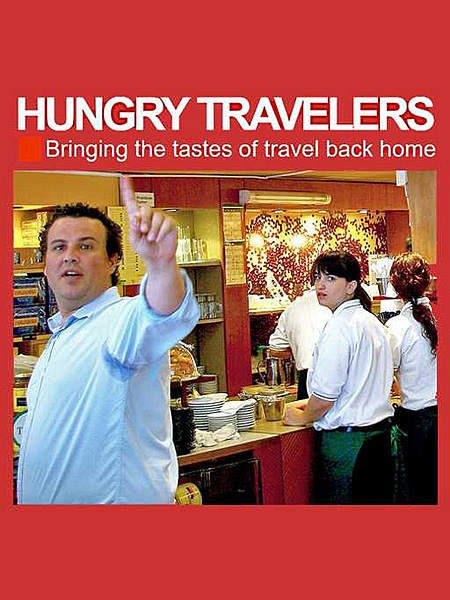Stretching black truffles with alioli
The good and bad side of fresh truffles is that you have to eat them up right away because they only keep for a week or two in the refrigerator, even if you let them breathe every day when you change the absorbent paper in the container. In the process of eating them up, it's easy to have a lot of truffle “crumbs” or extra shavings. The solution to that problem is truffle alioli, the Catalan answer to mayonnaise. We made a pretty big batch (nearly 2 cups) and used it to make potato salad (with sliced boiled potatoes, minced onion, chopped boiled egg, and minced celery) and to make a delicious chicken salad. The secret to great alioli is to store the eggs in...Read More
